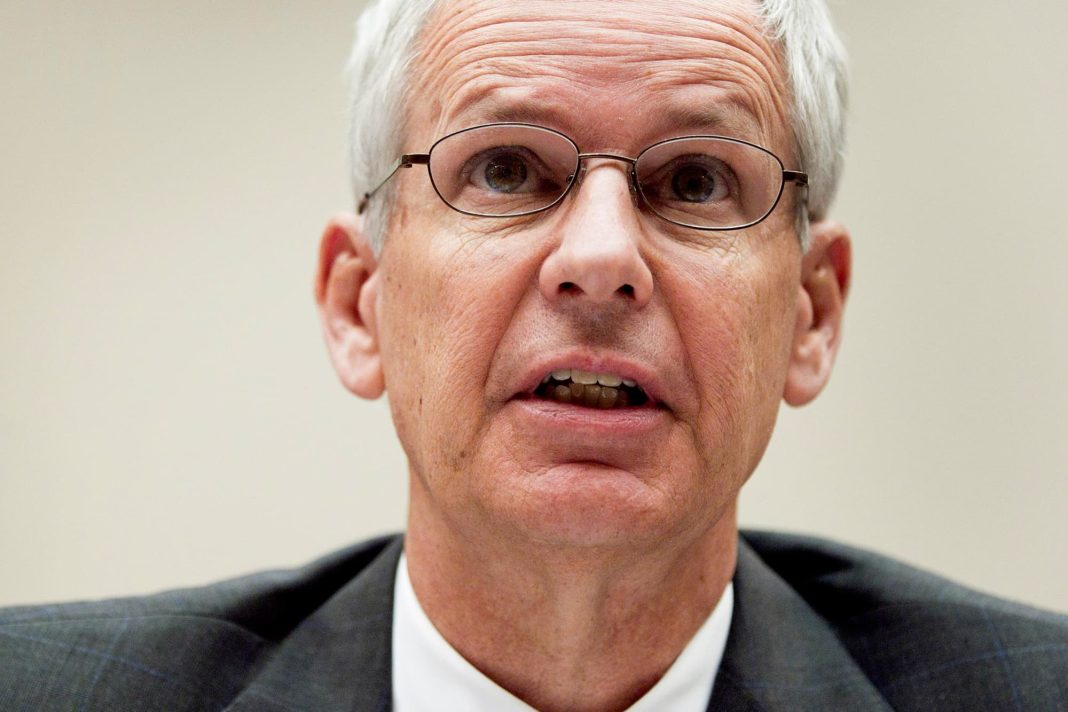In a recent address at the National Association for Business Economics Annual Meeting in Nashville, Federal Reserve Chairman Jerome Powell shared insights into the current economic landscape, characterized by easing inflation and a labor market that, while stable, is showing signs of cooling. His remarks, made on September 30, signal a nuanced approach to monetary policy, suggesting that the Fed is open to further interest rate cuts but remains cautious about the timing and magnitude of such changes.
The backdrop of Powell’s speech is significant. After a prolonged period of aggressive rate hikes aimed at curbing soaring inflation, the Federal Reserve took a pivotal step in September by cutting its benchmark interest rate by 50 basis points, bringing it to a range of 4.75% to 5.0%. This decision reflects an emerging confidence that inflation may be on a sustainable trajectory towards the Fed’s target of 2%. However, Powell emphasized that the central bank is not locked into a predetermined path for interest rates. “We are not on any preset course,” he stated, highlighting that future policy decisions will be guided by incoming economic data and evolving conditions.
Powell’s cautious optimism comes alongside a warning about the dual risks facing the economy. While he acknowledged that the inflation rate has begun to ease, he pointed to persistent challenges, particularly in housing markets where inflation remains sluggish. “Housing inflation continues to decline at a sluggish pace,” he remarked, underscoring the complexities that still lie ahead for the central bank.
The labor market, too, is undergoing a transformation. Powell noted that while the unemployment rate has risen to 4.2%, this figure remains historically low. However, it indicates a shift in perception among workers, who now see jobs as less readily available compared to pre-pandemic levels. This moderation in job growth, coupled with an increase in labor supply, suggests that the Fed is closely monitoring these changes. “We do not believe that we need to see further cooling in labor market conditions to achieve 2 percent inflation,” Powell asserted, reflecting a balanced perspective that prioritizes economic stability over aggressive rate adjustments.
Despite this more dovish stance, not all members of the Federal Reserve share Powell’s views. Governor Michelle Bowman articulated concerns about the implications of a rapid easing of monetary policy. Speaking at a separate conference, she advocated for a more measured approach, arguing that a substantial cut could inadvertently signal economic fragility and lead to expectations of further aggressive cuts. “I preferred a smaller initial cut in the policy rate while the U.S. economy remains strong and inflation remains a concern,” Bowman stated, emphasizing the importance of maintaining a cautious stance given the still-high readings of core inflation, particularly in the housing sector.
Bowman’s perspective highlights a critical tension within the Fed: the need to support economic growth while simultaneously managing inflationary pressures. Her focus on core inflation as a persistent challenge is supported by recent studies indicating that housing prices, which heavily influence overall inflation metrics, continue to exert upward pressure on costs.
As the Federal Reserve navigates this complex economic landscape, it faces the daunting task of balancing growth with inflation control. Powell’s remarks reflect a commitment to adaptability, ensuring that policy decisions are responsive to real-time economic developments. As he aptly put it, “The risks are two-sided, and we will continue to make our decisions meeting by meeting.”
In conclusion, the Fed’s current strategy seems to be one of cautious optimism, acknowledging progress while remaining acutely aware of the challenges that lie ahead. As the economy evolves, stakeholders—from policymakers to businesses—will be watching closely, seeking clarity on how the Fed’s decisions will shape the economic trajectory in the months to come. The interplay of inflation, labor market dynamics, and interest rates will undoubtedly continue to be a focal point of discussion as we move deeper into 2023.

